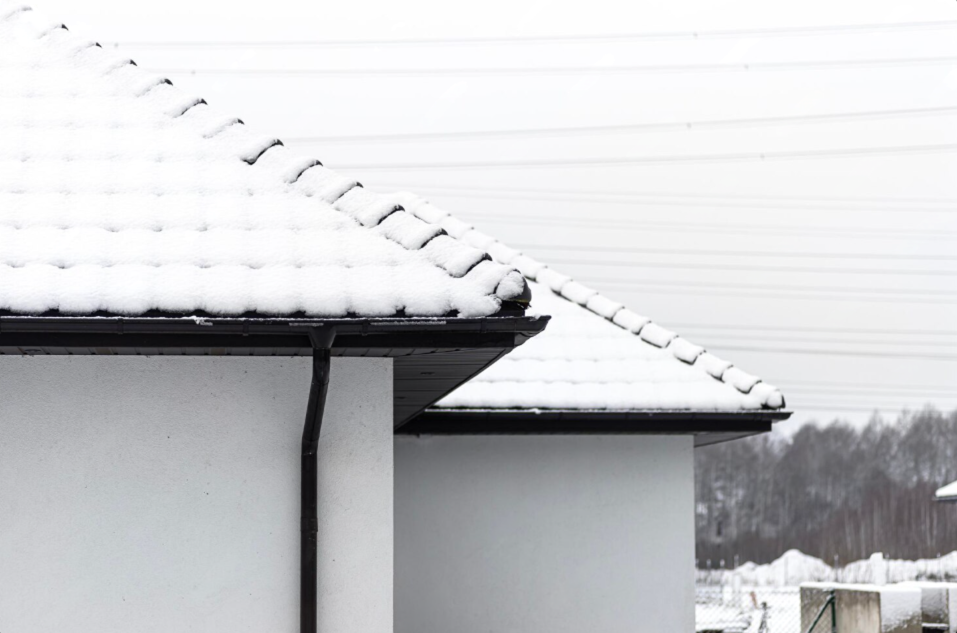A roof leak can cause a lot of damage to your house if not repaired in time, and this may cost you a lot of money in extensive repairs. While minor dripping from your roof may be the first sign you see of a roof leak, water may have accumulated on the roof for weeks or even months. Discovering a roof leak can be hard, but diagnosing what caused it may be even harder.
To save you from a potential roof leak, we’ve put together seven common causes of roof leaks and how to identify them.
1. Broken Or Missing Shingles
One of the most common causes of roof leaks is damaged or missing shingles. Shingles are your roof’s first line of defense, so when they’re broken or missing, you have a problem on your hands. While most roofing materials are sturdy, they are not completely watertight. With extensive exposure to extreme weather, your shingles may crack, break, or altogether come off.
To spot broken or missing shingles, look out for pieces on the ground around your house or in your gutters.
2. Clogged Gutters
A good drainage system for your roof is important in maintaining a sturdy roof. If your gutters have a blockage, they will stop draining water, which will then begin to accumulate. The pooling water may then enter through cracks and bent shingles, causing leaks.
If your gutters are clogged, you may notice debris sticking out of them. You may also realize that very little water flows through them, even during heavy rains.
3. Age
Although roof tiles have a long lifespan, they are not made to last forever. As the years go by, your roofing will continue to wear down, and eventually, its protective properties will get compromised. You can maintain your roof through the years by removing moss and algae from the shingles, but eventually, they will start to show signs of damage.
If you start noticing signs of damage or growth on your decades-old roof, replace it before it starts to leak.
4. Poorly Installed Fixtures
Another common cause of roof leaks is failure to secure fixtures into the rafters. When this happens, you have a nail poking out of your roof, creating space for water to leak through. Protruding nails can become a problem after winter when the ice on them begins to melt, turning into water that drips into the ceiling.
Poorly installed fixtures are easily identified by protruding nails in the roof space. Luckily, this issue can be fixed by installing the fixture properly and fixing the holes left behind by nails.
5. Cracked Flashing
Flashings refer to thin metal pieces placed under your shingles and roof joints to seal them from leaks. Roofers often use tar to seal flashing. However, the tar may corrode over time, exposing the flashing to extreme temperatures and direct impact. Flashing may also wear away due to age. The flashing may develop cracks that water can pass through in both scenarios.
A close look at your flashing will immediately reveal any cracks or damage.
6. Ice Dam Buildup
During winter, a ridge of ice may form on the edge of your roof, preventing water and snow from draining off. The weight of the ice and the pooled water may compromise your roof’s structural integrity. Eventually, the water may start leaking through cracks and spaces on the roof.
7. Damaged Roof Underlay
When your shingles get damaged, the membrane underneath them may be exposed. While some roofing underlays are designed to withstand small amounts of water, they cannot cope under the weight of pooled water. When your roof underlay is exposed to a lot of water, it may start to rot and eventually tear, causing leaks whenever it rains.
If you have a roof leak or have identified any of the above causes of leaks, you need to have your roof fixed as soon as possible. If you are in Lexington or Williamsburg, contact us at Barrier Roofs today for your roof repair needs.




